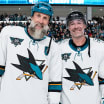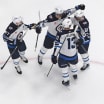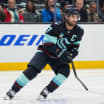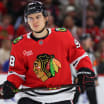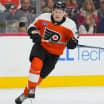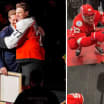(11-1-1, 2.52 goals-against average, .924 save percentage)
To get a puck past Vasilevskiy this season, you will need to hang around the crease and hope for a rebound to quickly roof under the crossbar. Most of the time, Vasilevskiy plays a very quiet, low-coverage-first style in which economy of movement, squareness and positioning are key assets. He is also blessed with above-average flexibility in his hips and shoulders, allowing him to reach or stretch during desperation-save situations.
The importance of the synergy between a goaltender and his defensemen can't be understated. Tampa Bay has this strong synergy. Defensemen Victor Hedman, Anton Stralman and Brayden Coburn are each in tune with what Vasilevskiy wants and needs. Even newly acquired Dan Girardi has been able to cover back-door options and block shots without obstructing the view of the goaltender.
Furthermore, Vasilevskiy and his goaltending coach, Frantz Jean, have been together since Vasilevskiy was 17. Jean has been instrumental in reinforcing simple technical details like setting Vasilevskiy's feet for the shot ("hard push and hard stop") and maximizing net coverage by constantly reminding him to challenge shooters at the top of the blue paint.
Another evolution in Vasilevskiy's game is his ability to handle and move the puck accurately, having learned to read the forecheck from his years watching Ben Bishop.



